Understanding Private Water (Well) Systems
What does your Myrtle Beach Home Inspector look for?
This article is going to focus on the components of the well system, understanding how they work, and the importance of monitoring ground water quality.
First, we will look at the water cycle. It is important to understand that all available fresh water on the planet only constitutes 2.5% of the total amount of water on the planet.

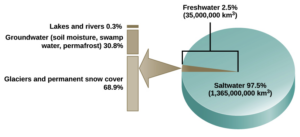
Thankfully, the atmosphere and our oceans provide us with an abundance of evaporation, creating the necessary environment for condensation (clouds), which then produce precipitation (rain, sleet, snow, hail, etc.) enabling our ground water supply to consistently recharge itself.


This consistent recharging of the ground water supply (aquifer) is essential for the overall function of any well. If the water is not recharged the aquifer can run dry, thats why rain is so important for the function of a well system and (in most cases) the municipal water supply. Below is another example of the recharge process and how a well casing (shaft) is integrated into the ground water supply.
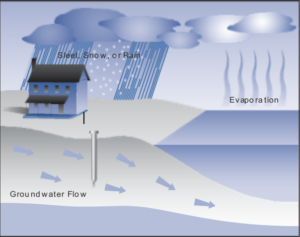
Types of Wells
Now that we understand how the well casing is integrated into the ground water system, we can look at the different types of wells available today:
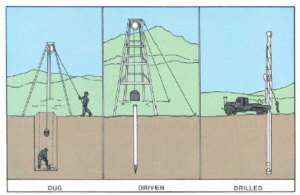
Dug Wells – Are the shallowest of well types and are dug by machine or by hand. They are only suitable with an aquifer in very close proximity to the surface. These wells are typically open at the surface and are therefore most likely to become contaminated.

Driven Wells – This closed type well is the most common, most practical, and most affordable type of wells. Driven wells are made by driving a long narrow steel pipe with a screen at the tip into the ground by a force above (usually a pipe ram). They can go to a depth up to 100′ below the surface and are used when the aquifer is within that range. When the aquifer is located, a submersible jet-pipe assembly or submersible pump inside the pipe powered also by a surface pump gets water to the surface.
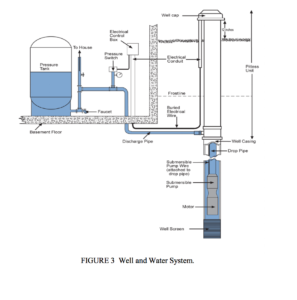
Drilled Wells – The most expensive type of well, normally only used when the aquifer is very deep below the surface. Like it sounds, drilled wells are like oil wells drilled deep into the earth until the target or aquifer is located. When the aquifer is located, a submersible pump is used inside the pipe to bring water to the surface.

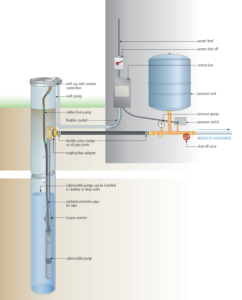
Private Water (Well) System Above Ground Components
The two images below are the exact same system, just from different view points. The first is a horizontal elevation view of what the system should look like, and the second image is a birds eye view.
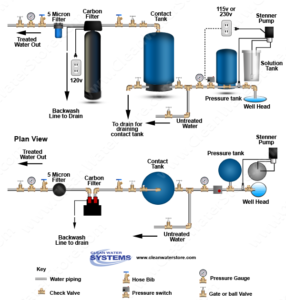
How It Works
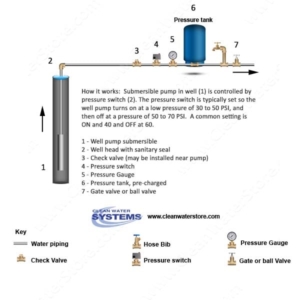
All private water systems intended for consumption must have a filtration system installed with them to assist in the disinfection process prior to consumption. This is the case due to the fact that all of the following micro organisms or chemicals are found in all ground water and is also why ground water should be tested on a regular basis.


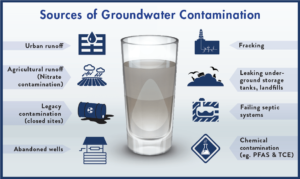
Finally, it is very important to understand that ground water should be considered unsuitable for consumption until proper filtration, disinfection, and testing has been done. This is exactly why our municipal fresh water provider takes all the necessary steps to ensure clean drinking water.
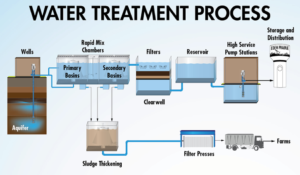

Me and my team at LAB Home Inspections hope you really enjoyed this article!
If you have specific questions about your home, or would like to schedule a home inspection, please contact Darren directly:
Darren Dawson, Certified Master Inspector (CMI)®
Myrtle Beach, SC
(352) 665- 9900

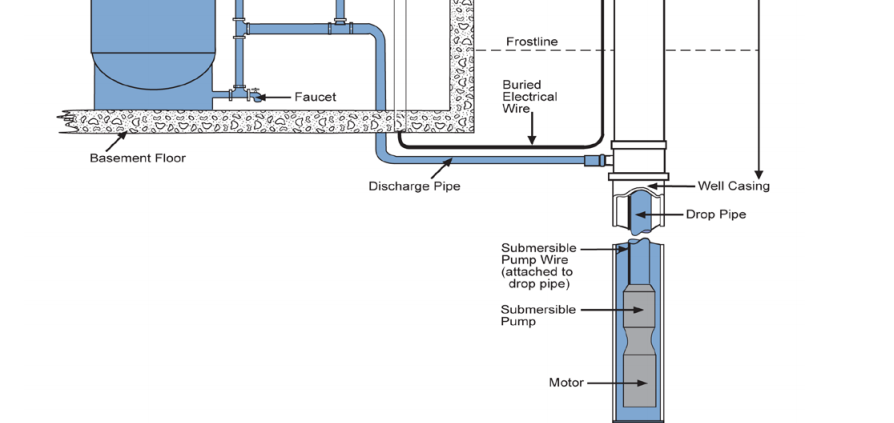






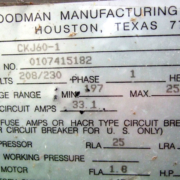


It’s interesting to know that a well is drilled deep into the earth until it reaches the target or aquifer where a submersible pump is used to get water to the surface. My uncle just mentioned the other day that he just bought a house last year and he is planning to have a well in the backyards so he can save on monthly water bills. I will suggest to him hiring a reliable service to drill one for his new home.